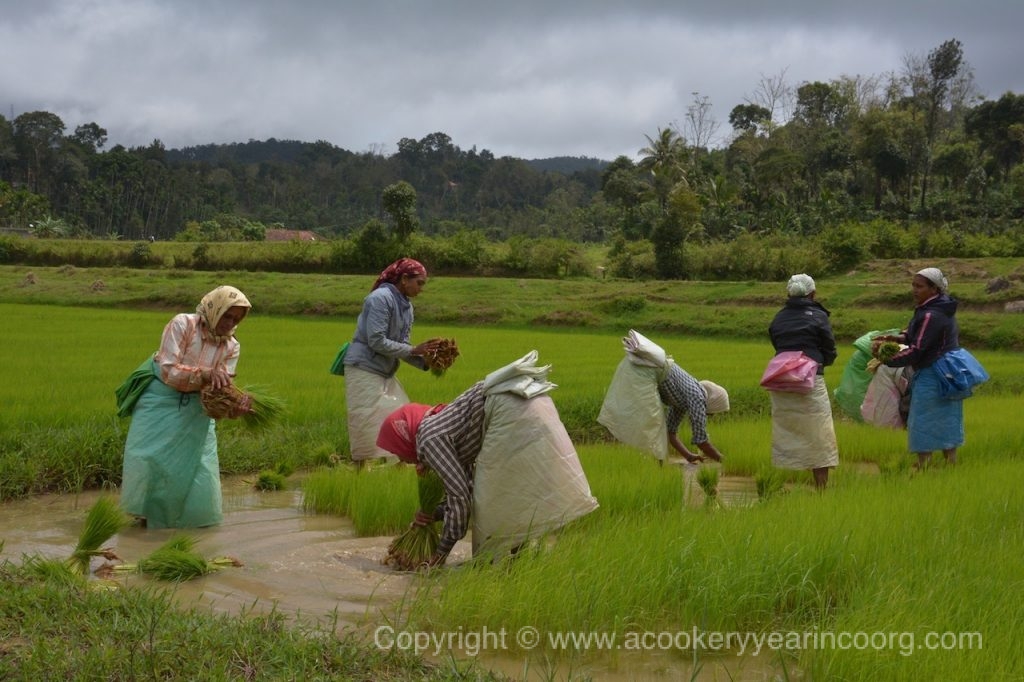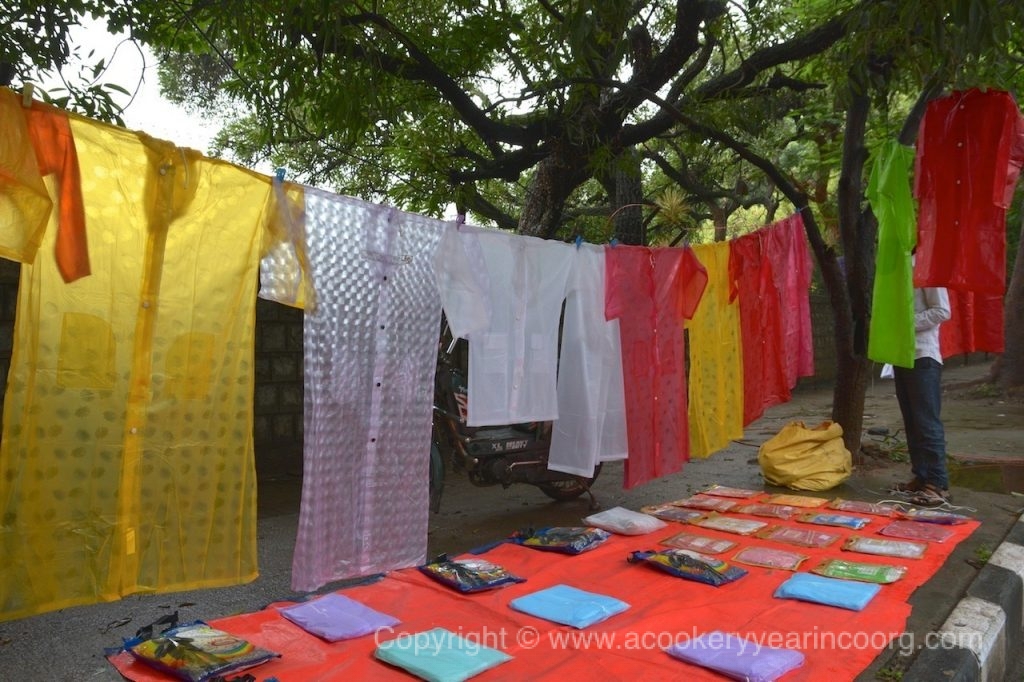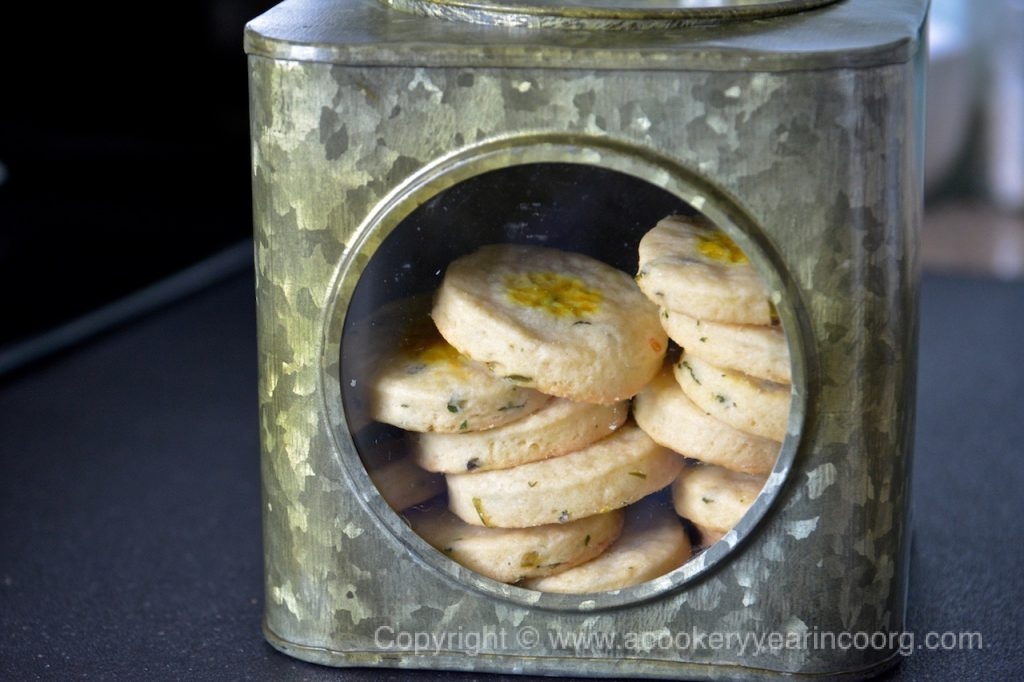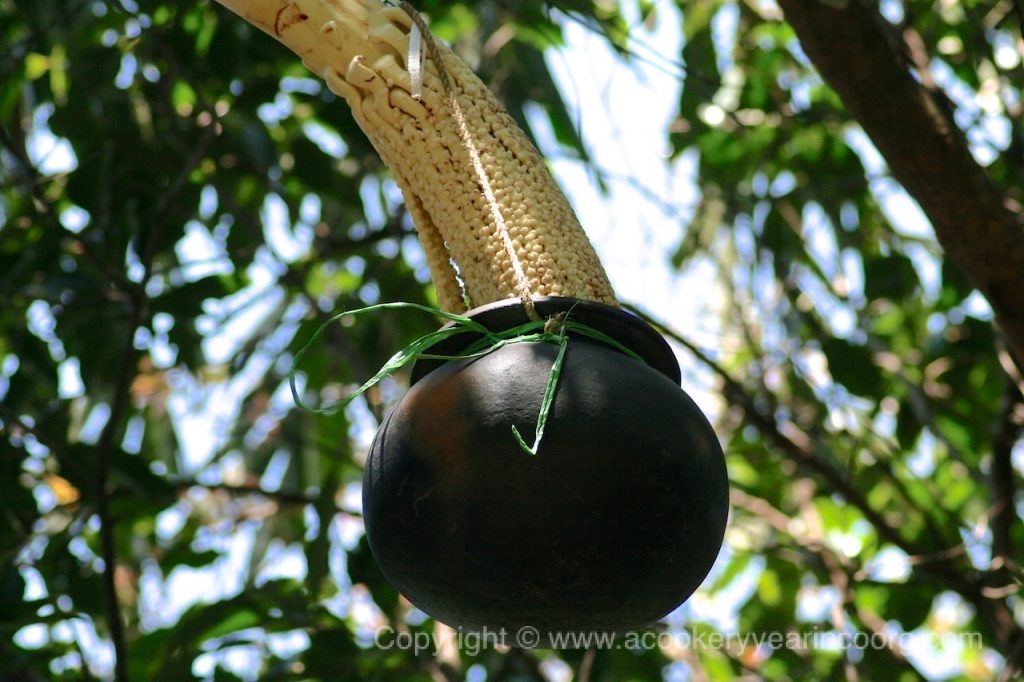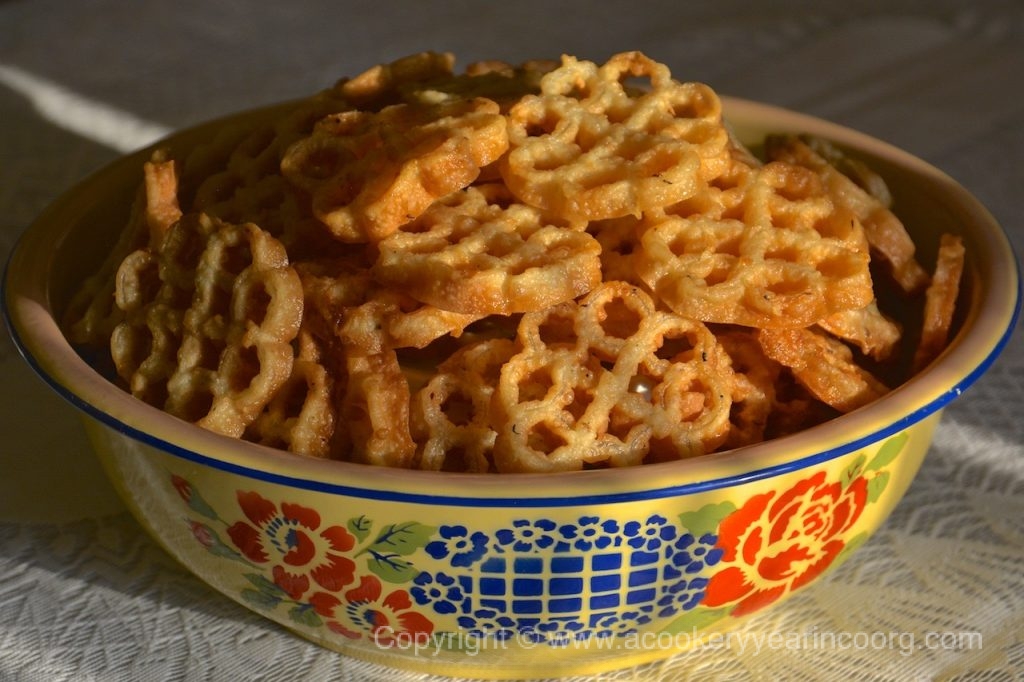One of my favourite places to shop in Vancouver is a somewhat chaotically run Persian store that carries a smallish but interesting range of products. The selection of foods – including cheeses and preserves from Eastern Europe and Turkey, rice, spices, lentils, and most of all, the fresh produce – makes it a magnet for a multi-ethnic clientele.
Inching along in the invariably long line-up for the check-out, you’ll hear what I can only assume is “Oh my goodness! Is this where the line ends?!” in languages ranging from Russian and Farsi, to Spanish, Cantonese, Tamil, and Punjabi!
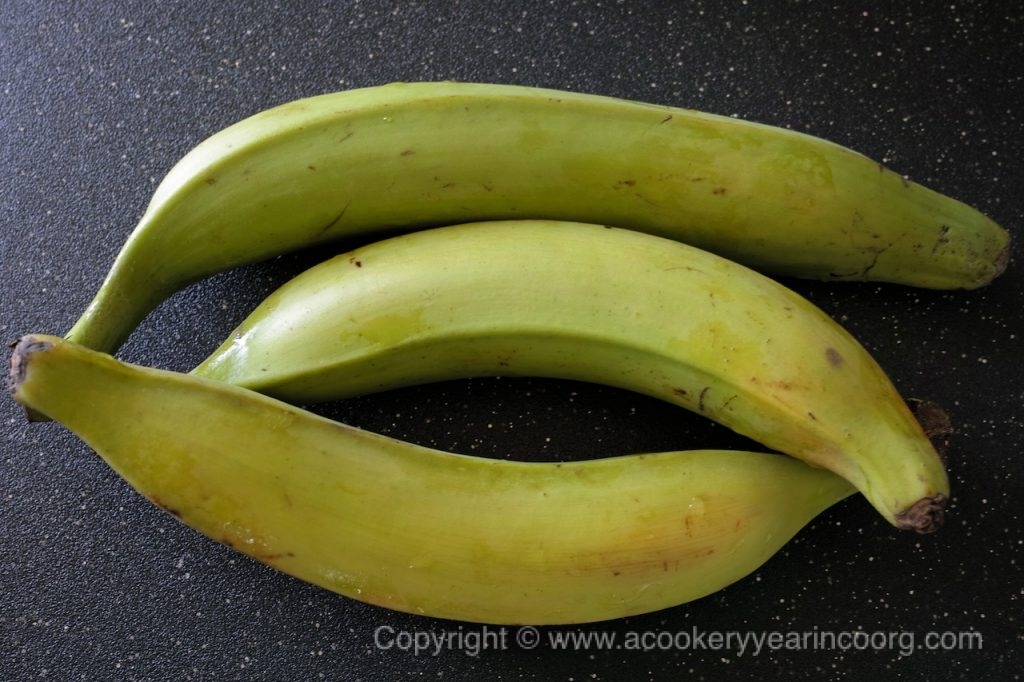
Whether you’re sorting through a pile of okra, flipping nopales, or picking up big, fragrant bunches of herbs, or unripe plums and grapes, there’s a a good chance you’ll get into a bit of a chat with a fellow shopper.
Besides joking about the bazaar-like muddle (complete with trampled fruit and vegetables underfoot) that is the store, the most common topics that come up in conversation tend to be centred around the fresh produce. Queries like “What do you make with that?” and “What do you make with that?” are traded back and forth.
Most recently, while delving into a box of plantains in the store, a curious fellow shopper who was reaching for the riper fruit, asked what I was going to make with the “greenest ones” I was searching for. The short answer was “pan fried plantain with Indian spices”.
A few more shoppers joined in the conversation, and every one had a favourite and unique recipe suggestion, using both unripe and ripe plantains.
Continue reading →

